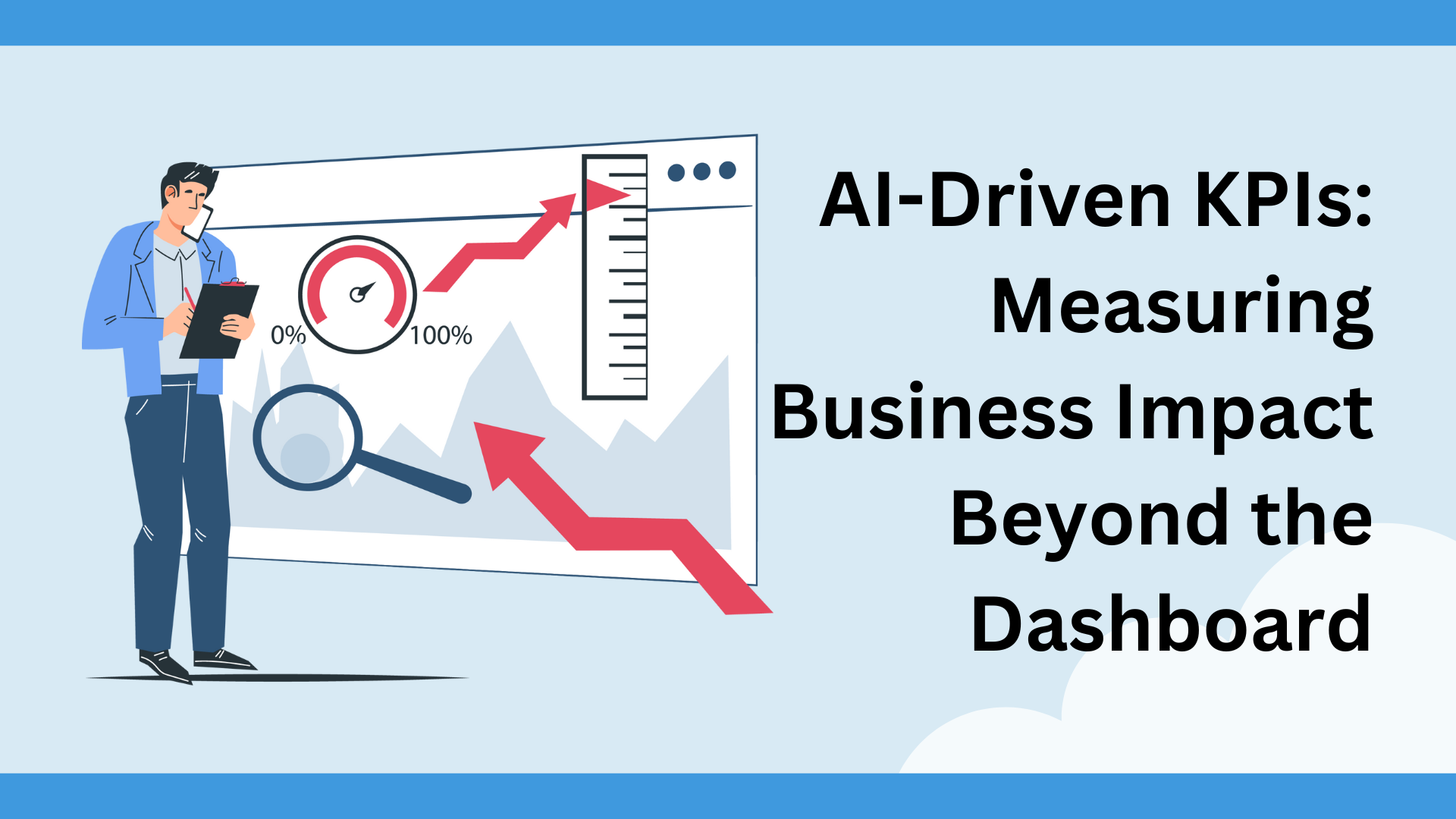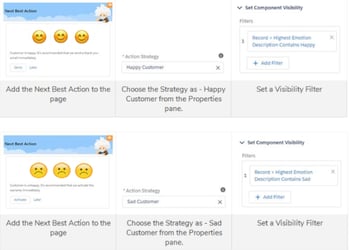Key performance indicators (KPIs) have long been the compass guiding strategic decisions. But as artificial intelligence transforms how businesses operate, traditional metrics are no longer enough. We’re entering the era of AI KPIs—where the focus shifts from dashboard vanity to dynamic, predictive, and business-aligned measurement.
This evolution doesn’t just require new tools. It demands a fundamental rethink of what success looks like in an AI-powered environment.
Why Traditional KPIs Fall Short in an AI World
Conventional KPIs—conversion rates, click-throughs, revenue-per-lead—are still useful, but they only tell part of the story. They report on what happened, not why it happened, and certainly not what’s about to happen. AI-driven processes don’t operate on linear timelines. They self-learn, optimize, and adapt in real time.
That means the metrics we use to evaluate AI initiatives must evolve too.
For example, a recommendation engine powered by machine learning might improve over time without a single change to the underlying campaign. Measuring its value using static benchmarks would miss the bigger picture. Instead, AI performance metrics must capture velocity, adaptability, and predictive accuracy—traits that define AI’s unique contribution.
What Are AI KPIs?
AI KPIs are key performance indicators designed to measure the effectiveness, efficiency, and ethical performance of artificial intelligence systems within a business context. They go beyond operational outputs and drill into how AI is influencing outcomes, behaviors, and long-term business strategy.
These indicators often include:
- Prediction accuracy (e.g. for customer churn, sales forecasts)
- Model training efficiency
- Bias detection and mitigation rates
- Customer engagement driven by AI-generated content
- Revenue uplift from AI automation
- Reduction in manual workload or decision cycles
The point is to track both how well AI performs and what business value it creates. If your AI is saving time but not improving outcomes, that’s a red flag.
AI Performance Metrics in the Real World
Let’s say a retailer uses an AI tool to personalize email campaigns. Traditional KPIs would focus on open rate or revenue per send. But AI performance metrics look deeper: how quickly the model adapted to a shift in consumer behavior, how accurately it predicted who would convert, or how much it reduced the time spent on content creation.
Similarly, in customer service, it’s not just about how many tickets a chatbot resolves. It’s about satisfaction scores post-resolution, the handoff success rate to live agents, and the time saved per interaction—all tied back to business value.
Companies like CETDIGIT are helping organizations build out these AI-informed feedback loops by integrating CRM, analytics, and automation into a single performance engine.
From Dashboards to Decisions: True Business Impact Measurement
Tracking AI KPIs is only useful if they tie directly into business impact measurement. This is where many organizations still struggle.
It’s easy to celebrate an AI-generated lead or a spike in engagement from predictive content. But how does that translate to margin improvement? Is it helping reduce churn, increase LTV, or speed up product development? Impact is not just a matter of performance; it’s about relevance to business goals.
That’s why modern analytics teams are aligning AI outputs with financial and strategic objectives—from quarterly revenue goals to market expansion plans. Instead of measuring isolated functions, they evaluate how AI contributes to end-to-end performance.
How to Build a Meaningful AI KPI Framework
Step one is rethinking how you define success across departments. Marketing, sales, customer service, and operations will all use AI differently—and their AI KPIs should reflect those use cases.
For marketing, this might include:
- Uplift in campaign ROI from predictive targeting
- Increased content production volume via AI tools (without sacrificing quality)
- Rate of trend adoption before competitors (as predicted by AI)
In sales, KPIs might include:
- Win rate change when using AI-assisted lead scoring
- Forecast accuracy over time
- Time-to-close improvement
Operations could track:
- Cost savings through AI-powered automation
- Inventory prediction accuracy
- Risk detection improvements
These metrics must be dynamic, evolving as the AI systems improve. Static dashboards are no longer enough—real-time performance visibility and adaptive KPIs are key to success.
Common Pitfalls to Avoid
One major pitfall is measuring AI tools the same way you would a human process. AI isn’t always linear or explainable in traditional terms. For example, a model might make fewer predictions but still be more accurate or impactful.
Another common issue is siloing AI performance. AI rarely operates in isolation. Its impact may be felt across multiple touchpoints, so a narrow view can understate its value—or worse, lead to misinterpretation.
Finally, organizations often overlook ethical KPIs. Transparency, fairness, and explainability are becoming just as important as technical performance. Tools like AI Fairness 360 and Google’s Model Card Toolkit help businesses build ethical metrics directly into their models.
AI KPIs in the Boardroom
Perhaps the most exciting shift is how AI performance metrics are moving from IT dashboards to boardroom discussions. As organizations place bigger bets on AI, executive teams want—and need—to understand how it impacts P&L.
This means communicating AI outcomes in business terms: how a new model improved EBITDA, accelerated customer acquisition, or opened up a new revenue stream. The most effective teams bridge the gap between technical complexity and business clarity, using storytelling backed by data.
It’s not just about proving that the AI “works.” It’s about showing how it moves the business forward.
Measuring What Actually Matters
As AI systems become more embedded in daily operations, business impact measurement must evolve in lockstep. It’s no longer enough to track whether your AI is functioning—you need to know whether it’s delivering value.
That’s the role of a well-designed AI KPI framework: not just reporting on what’s happening, but illuminating where your business is heading and how AI is helping you get there.
In the age of intelligent automation, dashboards don’t tell the whole story. The organizations that win will be those that look beyond surface-level metrics and build systems for real-time, strategic insight—translating AI’s power into measurable, sustainable growth.





Leave a Comment